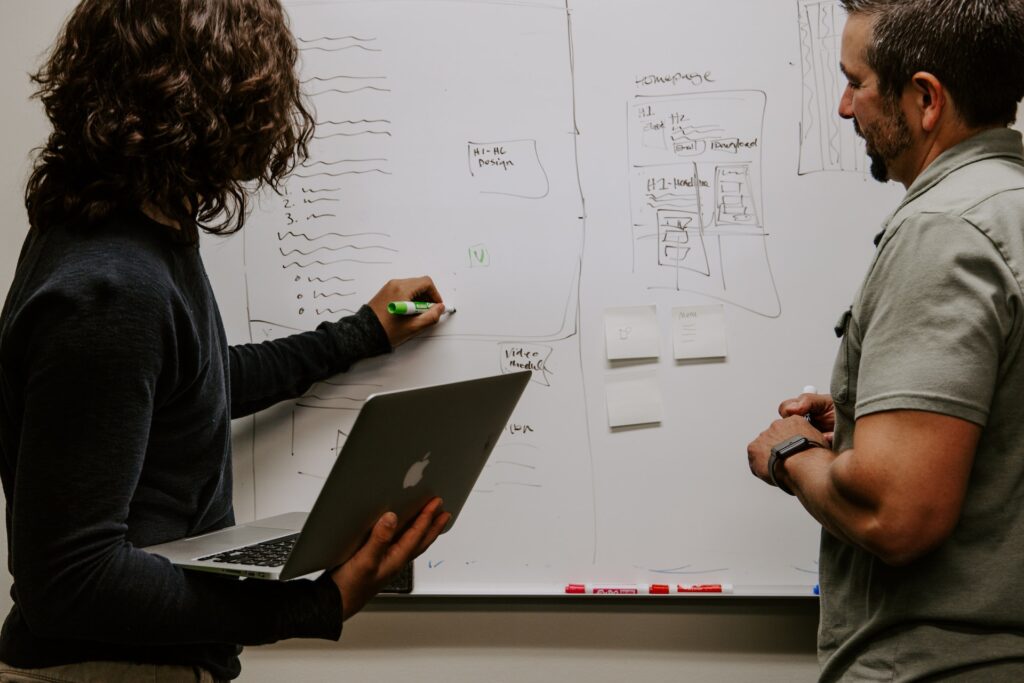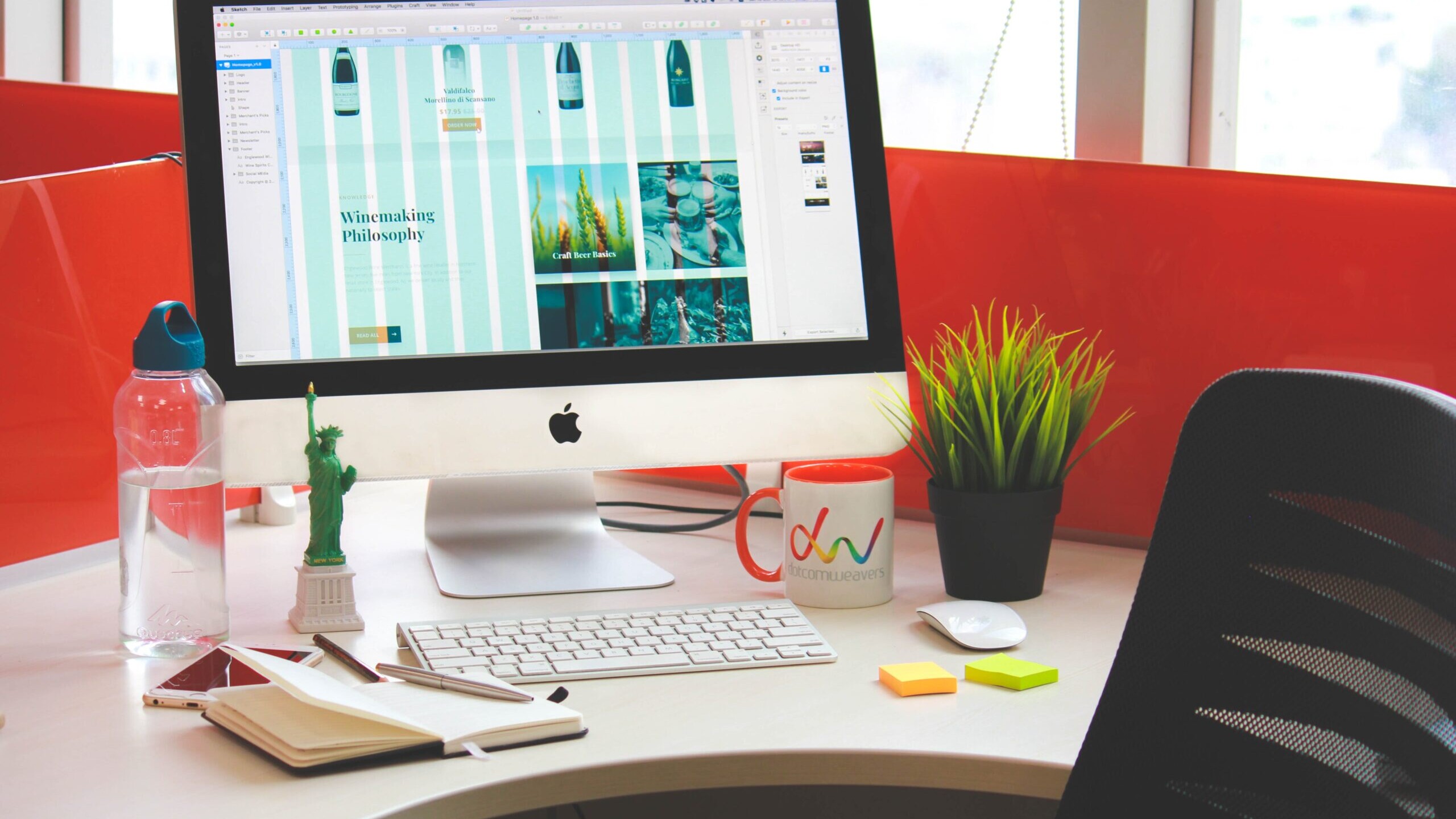Solving Problems and Addressing Their Causes in UI Design
User Interface (UI) design is an essential aspect of developing a successful digital product. It directly impacts the user experience and dictates how users interact with your product. While a well-designed UI can lead to an enjoyable and seamless experience, poor design choices can hinder usability and create frustration. This article will explore common problems in UI design and discuss how to address them at their root causes, leading to more effective and engaging interfaces.

Inconsistent Design Elements
Problem: Inconsistency can create confusion for users, as they need to relearn how to navigate different parts of the application. This issue often arises when design elements, such as color schemes, fonts, or button styles, vary across the product.
Solution: Establish a design system that includes a comprehensive style guide and reusable UI components. This will help ensure consistency across the entire product, making it more cohesive and user-friendly.
Overloaded Interface
Problem: An overloaded interface can make it difficult for users to find the information or functionality they need. This typically occurs when too many elements or features are crammed into a single screen, creating visual clutter.
Solution: Practice the principles of minimalist design by prioritizing and organizing content based on user needs. Remove unnecessary elements and divide complex tasks into smaller, manageable steps. Ensure that the most important information or features are easily accessible and use whitespace to create a clean, uncluttered look.
Lack of User Feedback
Problem: Without proper feedback, users may feel lost or unsure about the consequences of their actions. This can lead to frustration, especially when mistakes occur or when the system’s response is slow or unclear.
Solution: Provide clear feedback to users through visual cues, animations, or messages. Make sure the system responds immediately to user actions and communicates the results or status of those actions effectively.
Poor Accessibility
Problem: Inaccessible design excludes users with disabilities or impairments, making it difficult or impossible for them to interact with the product.
Solution: Follow accessibility best practices, such as providing alternative text for images, ensuring sufficient color contrast, and designing for keyboard navigation. Regularly test your product using assistive technologies and involve users with disabilities in the design process to ensure your product is truly inclusive.
Inadequate Error Handling
Problem: Users inevitably make mistakes, and poorly designed error messages or a lack of error prevention can exacerbate these issues, leaving users feeling frustrated and helpless.
Solution: Design your UI to prevent common errors through clear labeling, input validation, and guided workflows. When errors do occur, provide helpful error messages that explain the issue and offer guidance on how to resolve it.
User-centered Design
Effective UI design is critical for creating products that are easy to use and enjoyable for users. By addressing common problems and their root causes, designers can create more engaging, accessible, and user-friendly interfaces. Remember to involve users throughout the design process, gathering feedback and iterating on your designs to ensure a seamless and satisfying experience for all.
User-centered Design (UCD) is a crucial approach to addressing and solving problems in UI design. By placing the needs, preferences, and expectations of users at the core of the design process, UCD ensures that interfaces are truly tailored to their intended audience. This approach involves conducting thorough user research, creating user personas and scenarios, and involving users in usability testing and feedback sessions. By consistently engaging with users and iterating on designs based on their input, designers can create products that not only address the problems mentioned in this article but also exceed user expectations, delivering delightful and memorable experiences. By embracing UCD, designers can create UIs that are efficient, enjoyable, and accessible to a wide range of users, ultimately leading to the success of the product.
Solving UI Problems Using the Double Diamond Design Process
The Double Diamond Design Process is a comprehensive framework that can be applied to tackle complex UI (User Interface) problems and develop innovative solutions. In today’s digital landscape, creating an intuitive and user-friendly UI is crucial for ensuring a seamless experience for users. By employing the Double Diamond Design Process, designers can effectively navigate the various stages of problem-solving and ultimately deliver user-centric and accessible interfaces.
The Double Diamond Design Process consists of four distinct phases: Discover, Define, Develop, and Deliver. It is visualized as two diamond shapes, with the first diamond focusing on problem definition and the second on solution development. The process encourages designers to explore a wide range of possibilities, narrow down the focus to identify the core problem, and then expand their thinking again to explore potential solutions before refining and delivering the best one. The four phases are as follows:
- Discover: In this initial phase, designers gather information and insights by conducting research, observing users, and collecting data. This stage is about empathizing with users, understanding their needs, and identifying pain points in the current UI.
- Define: After gaining insights from the Discover phase, the focus shifts to synthesizing the information and pinpointing the specific UI problem that needs to be addressed. Designers create a clear problem statement that outlines the challenges users face and guides the design process.
- Develop: In this phase, designers brainstorm and generate a wide range of possible solutions for the identified problem. They use ideation techniques such as sketching, wireframing, and prototyping to visualize and evaluate various design alternatives.
- Deliver: The final phase involves refining the most promising solution and testing it with users to gather feedback. Designers iteratively improve the solution based on user feedback until the final UI design is ready for implementation.
Let’s consider a practical example of solving a UI problem using the Double Diamond Design Process. Suppose a company has received feedback that users find their mobile app’s navigation confusing and difficult to use.
- The design team starts by conducting user interviews, analyzing user behavior data, and performing usability tests to gather insights into the navigation issues. They identify key pain points such as unclear labels, inconsistent navigation patterns, and lack of visual hierarchy.
- After analyzing the data, the team develops a problem statement: “Users struggle to navigate the app effectively due to unclear labels, inconsistent patterns, and lack of visual hierarchy. How might we improve the app’s navigation to create a more intuitive and seamless user experience?”
- The team explores various design solutions, such as reorganizing the menu structure, redesigning labels, and introducing visual cues to indicate hierarchy. They create wireframes and prototypes to visualize and compare different approaches.
- The team selects the most promising solution and conducts usability tests with users. They gather feedback, iterate on the design, and refine the solution until they achieve a user-friendly and intuitive navigation system for the app.
Conclusion
The Double Diamond Design Process provides a structured and effective approach to solving complex UI problems. By following the four-phase process, designers can ensure that they thoroughly understand user needs, identify the root cause of a problem, and develop innovative solutions that enhance the overall user experience.



